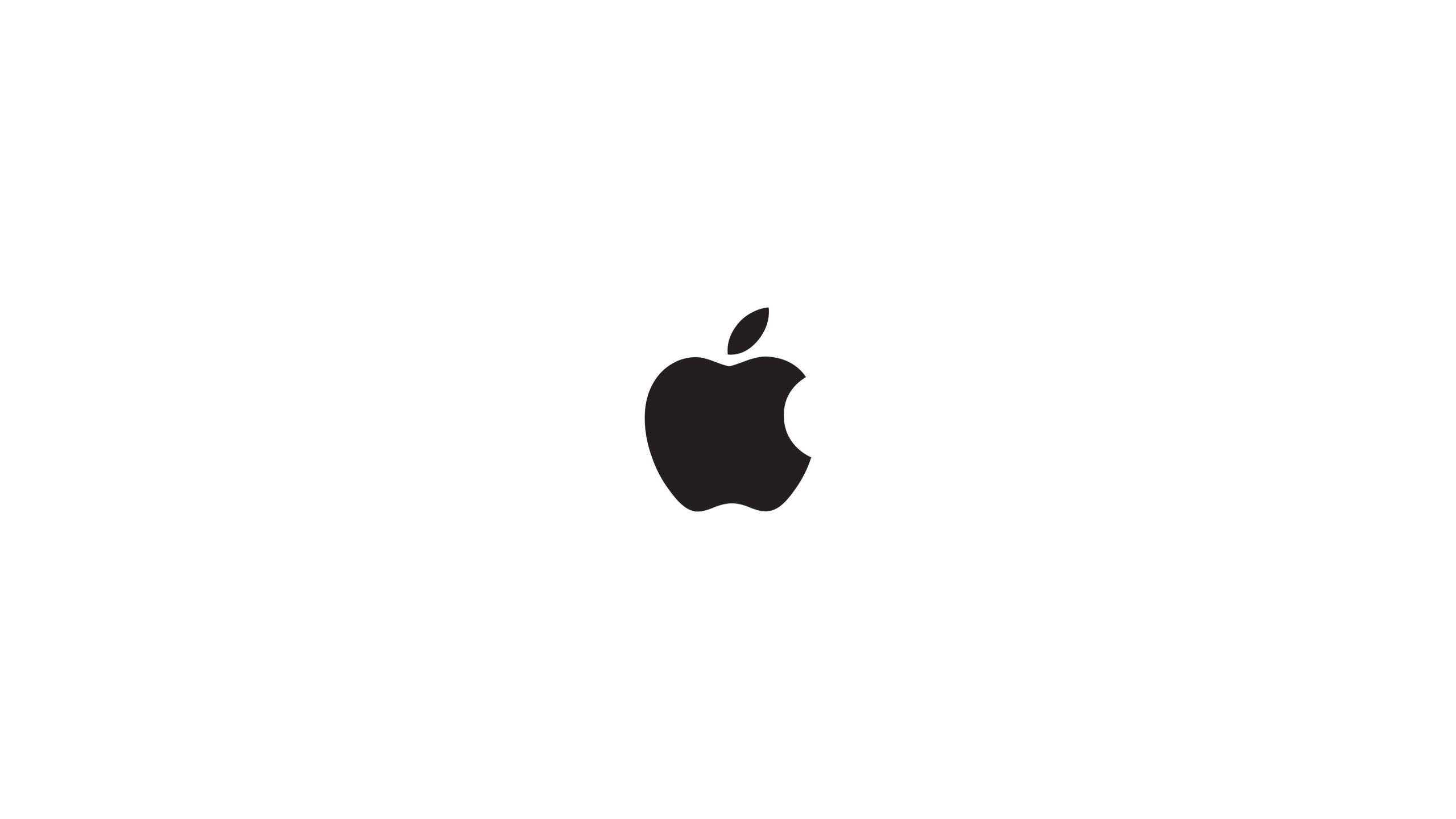Your cart is currently empty!
Apple stocks: History, Products, and the Future of Innovation

Apple Inc. or (Apple stocks) stands as one of the most valuable and influential companies in the world today, with a market capitalization approaching $3 trillion. The journey of Apple began in 1976, when three visionaries—Steve Jobs, Steve Wozniak, and Ronald Wayne—came together with a shared goal to transform personal computing. Their first major success was the Apple II, a revolutionary product that helped usher in the era of the home computer. In 1984, Apple introduced the Macintosh, a user-friendly personal computer with a graphical user interface that laid the foundation for the modern desktop experience. Over the decades, Apple’s ability to merge cutting-edge technology with elegant design has allowed it to become a cultural and technological icon.
Today, Apple is not just a computer company. It is a global ecosystem spanning hardware, software, and services, touching nearly every aspect of digital life. From the iPhone to the MacBook, Apple Watch to AirPods, and from iCloud to Apple Music, the company’s product and service portfolio continues to grow, expand, and redefine how consumers interact with technology. With innovation at its core, Apple has become a global brand known for quality, reliability, and user-centric experiences.
Apple’s Product Ecosystem: Seamless Integration
One of the defining features of Apple’s success is its ecosystem. Rather than developing isolated products, Apple builds a family of interconnected devices and services that work together seamlessly. The iPhone is the centerpiece of this ecosystem. First launched in 2007, the iPhone reinvented the smartphone with its touch interface, app ecosystem, and integration with iTunes. Today’s iPhones are not only communication tools but also cameras, health monitors, entertainment hubs, and mobile wallets.
Mac computers, including the MacBook Air and MacBook Pro, cater to professionals and creatives with high-performance hardware and macOS. With the introduction of Apple Silicon chips, Apple has pushed performance and battery life far beyond traditional industry standards. The iPad, positioned between the iPhone and the Mac, has evolved into a powerful productivity and creative tool, particularly with accessories like the Apple Pencil and Magic Keyboard.
Apple Watch is another category-defining product. It not only tracks fitness and health metrics but also delivers notifications, enables phone calls, and integrates with smart home systems. Apple TV and the Apple TV+ streaming service expand the company’s reach into home entertainment, while AirPods have become a symbol of wireless audio excellence. All these devices and services are tied together through Apple IDs, iCloud, and Continuity features like Handoff, Universal Clipboard, and AirDrop, creating a frictionless user experience.
Services: The Next Growth Engine
In recent years, Apple’s service offerings have emerged as a significant revenue driver. With hundreds of millions of active users globally, services like the App Store, Apple Music, iCloud, Apple Pay, and Apple Arcade contribute consistently to Apple’s bottom line. Subscriptions have become a major focus, providing recurring income and helping to smooth out the cyclical nature of hardware sales.
Apple’s App Store remains the gold standard for mobile app marketplaces, supporting millions of developers and generating billions in economic activity worldwide. Apple Music competes directly with other streaming giants by offering curated playlists, exclusive content, and seamless integration with iOS devices. iCloud not only stores photos and documents but also synchronizes data across devices, providing users with constant access to their digital lives.
Apple Pay has expanded rapidly and is now accepted at millions of retail locations, integrating contactless payments and secure wallet functionality into everyday life. With the launch of Apple Card and the recent focus on financial services, Apple is exploring the boundaries of fintech. Other services, like Fitness+ and News+, target health and content consumption markets, opening new avenues for growth.
Apple Silicon: Performance Redefined
In a bold strategic move, Apple transitioned its entire Mac product line from Intel processors to its own Apple Silicon chips, beginning with the M1 chip in 2020. This shift allowed Apple to better optimize performance, power efficiency, and battery life while maintaining complete control over hardware and software integration. Apple Silicon represents a future-forward approach, where innovation in chip design directly influences user experience.
The M2, M2 Pro, and M2 Max chips continue this evolution, powering the latest MacBook Pro, Mac Studio, and Mac Mini models. These chips have not only improved computational power for video editing, software development, and graphic design but have also set a new benchmark for energy efficiency. The successful transition to Apple Silicon reinforces the company’s leadership in vertical integration, allowing it to innovate faster and deliver products that stand apart in both design and performance.
Innovation Beyond Hardware: AI, AR, and Health
Apple’s focus extends beyond devices and into emerging technologies. Artificial intelligence and machine learning are quietly embedded across Apple’s product lines. Siri, Apple’s voice assistant, continues to improve through AI algorithms, while features like Face ID, photo recognition, and predictive text demonstrate Apple’s use of on-device intelligence to enhance security and personalization.
Augmented reality (AR) is another area where Apple is poised to lead. The introduction of the Vision Pro, a spatial computing headset, signals Apple’s ambitions in creating immersive experiences that blend the physical and digital worlds. Developers are already building AR apps using ARKit, Apple’s AR development framework, setting the stage for new applications in education, gaming, productivity, and remote collaboration.
Health and wellness represent another frontier for Apple. Apple Watch includes features like heart rate monitoring, ECG readings, blood oxygen tracking, and fall detection. Apple is working with health institutions to expand the clinical relevance of this data, potentially revolutionizing remote care and preventive medicine. This focus on user health aligns with broader societal trends and positions Apple as not just a tech company but a wellness partner.
Opportunities Ahead: Emerging Markets, Services, and Sustainability
As Apple looks to the future, it faces a wealth of opportunities. Emerging markets such as India, Southeast Asia, and Africa offer significant potential for growth. Apple has been steadily expanding its retail and distribution footprint in these regions, offering more localized pricing strategies and financing options to capture the growing middle class.
Services are expected to remain a major engine of growth. With expanding content offerings, financial services, and health-related features, Apple is creating a recurring revenue model that is less dependent on hardware sales. Innovations in artificial intelligence, machine learning, and augmented reality will likely drive the next wave of product launches, further enhancing the value of the Apple ecosystem.
Sustainability is also a critical focus for Apple’s future. The company has pledged to become carbon neutral across its entire supply chain and product life cycle by 2030. It is already using recycled materials in many of its products and has eliminated plastic packaging in favor of renewable alternatives. Apple’s commitment to environmental responsibility aligns with the values of its customer base and enhances its brand image.
The Competitive Landscape and Market Position
Apple operates in one of the most competitive industries, with formidable rivals in every category—from Samsung and Google in mobile, to Microsoft in computing, and Amazon in cloud and smart home. However, Apple differentiates itself not by playing the same game, but by creating its own rules. It prioritizes privacy, design, and vertical integration, which appeal to customers who value simplicity, security, and consistency.
The company’s closed ecosystem, often criticized by competitors, is also what drives customer loyalty. Apple users tend to stay within the ecosystem because everything works together so seamlessly. This stickiness translates into repeat purchases, higher average revenue per user (ARPU), and consistent growth across product lines.
Apple’s brand equity is among the highest in the world. Its retail stores serve not just as shopping destinations but as cultural touchpoints. Its product launches create global buzz. Few companies enjoy this level of consumer trust and emotional connection. This brand strength provides resilience even during economic downturns and gives Apple the ability to explore new product categories without starting from scratch.
Challenges and Risks
Despite its strengths, Apple faces several challenges. Regulatory scrutiny around its App Store policies, privacy rules, and competitive practices is intensifying in multiple countries. Governments are examining Apple’s control over app distribution, its fees, and its restrictions on third-party services. Legal challenges could force Apple to open up its ecosystem, which may dilute its brand experience.
The supply chain remains vulnerable to geopolitical tensions, especially considering Apple’s reliance on China for assembly and component manufacturing. Apple has begun diversifying its supply chain, moving production into countries like India and Vietnam, but the transition will take time and carries execution risks.
Market saturation in developed countries is another hurdle. While new product categories like AR headsets and electric vehicles are being explored, these are capital-intensive and uncertain. Continued innovation will be essential to maintain growth and justify premium pricing.
Final Thoughts
Apple Inc. is not just a company; it is a global phenomenon that has shaped the way we work, communicate, and live. From its humble beginnings in a California garage to a $3 trillion powerhouse, Apple’s journey is a testament to the power of vision, design, and relentless innovation. Its ability to create tightly integrated products and services continues to attract users worldwide and generate massive shareholder value.
Looking ahead, the opportunities are vast. With advancements in AI, expansion into health and finance, and a bold vision for augmented reality, Apple is laying the groundwork for its next era. At the same time, the company must navigate regulatory pressures, supply chain challenges, and intensifying global competition.
Yet if history is any guide, Apple’s greatest strength lies in its ability to redefine categories and set new standards. Whether through the iPhone, Apple Silicon, or the Vision Pro, Apple doesn’t just follow trends—it creates them.
For continued insights into leading tech companies and their market movements, be sure to visit our latest coverage on Google stock, Tesla earnings, and other innovation giants.

Mr. Rajeev Prakash
Rajeev is a well-known astrologer based in central India who has a deep understanding of both personal and mundane astrology. His team has been closely monitoring the movements of various global financial markets, including equities, precious metals, currency pairs, yields, and treasury bonds.
Featured Post
Financial Astrology Terminal
The Financial Astrology Terminal is a web platform that combines real-time U.S. market data (S&P 500, Nasdaq, Dow, Russell, key stocks and commodities like gold and silver) with planetary cycles, giving traders and investors astro-timing signals on top of normal charts and analysis.
